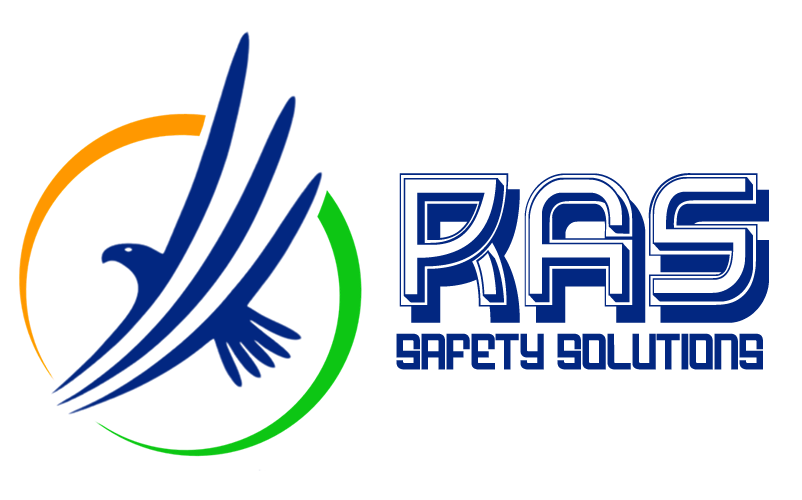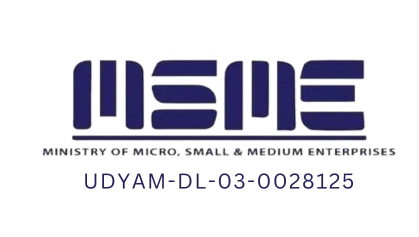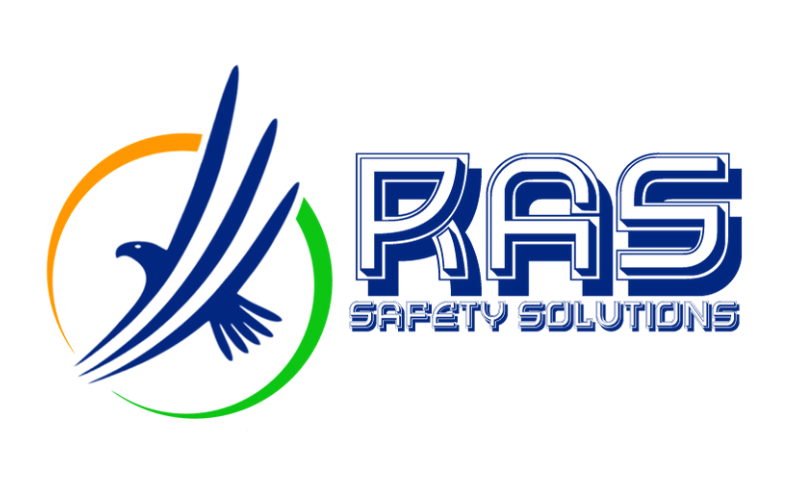
HAZARD IDENTIFICATION AND RISK CONTROL TRAINING
Overview:
Hazard Identification and Risk Control Training is designed to equip participants with the skills and knowledge necessary to recognize hazards in the workplace and implement effective control measures to mitigate associated risks. Hazards exist in all work environments and pose various risks that can lead to accidents, injuries, or even fatalities. The challenge often lies in correctly identifying these hazards and applying the appropriate controls to reduce or eliminate the risk. This course focuses on the systematic approach to identifying hazards, assessing risks, and selecting the most effective control measures to ensure a safe working environment.
Key Contents:
-
Introduction to Hazard Identification and Risk Control
- Definition of Hazards and Risks
- The Importance of Proactive Hazard Identification
- Understanding the Hierarchy of Controls
- Legal and Regulatory Requirements for Hazard Identification and Risk Control
- Roles and Responsibilities of Employers and Employees in Risk Management
-
Types of Workplace Hazards
- Physical Hazards: Slips, Trips, Falls, Noise, Vibration, Machinery
- Chemical Hazards: Exposure to Hazardous Substances, Chemical Spills
- Biological Hazards: Bacteria, Viruses, Mold, Insects
- Ergonomic Hazards: Repetitive Motions, Poor Posture, Manual Handling
- Psychosocial Hazards: Stress, Harassment, Violence
- Environmental Hazards: Extreme Temperatures, Radiation, Pollution
-
Hazard Identification Techniques
- Workplace Inspections and Walkthroughs
- Job Safety Analysis (JSA) and Task Analysis
- Incident and Near-Miss Reporting
- Safety Audits and Risk Assessments
- Use of Checklists and Hazard Identification Tools
- Employee Involvement and Consultation in Hazard Identification
-
Risk Assessment Process
- Steps in Conducting a Risk Assessment
- Assessing the Likelihood and Severity of Risks
- Prioritizing Risks Based on Assessment Findings
- Documentation and Reporting of Risk Assessment Results
- Communicating Risk Assessment Outcomes to Relevant Stakeholders
-
Control Measures and the Hierarchy of Controls
- Elimination: Removing the Hazard Entirely
- Substitution: Replacing Hazardous Materials or Processes with Safer Alternatives
- Engineering Controls: Isolating People from the Hazard
- Administrative Controls: Changing the Way People Work (e.g., Training, Procedures)
- Personal Protective Equipment (PPE): Using Equipment to Protect Workers
-
Implementing and Monitoring Control Measures
- Developing and Implementing Hazard Control Plans
- Assigning Responsibilities for Control Measures
- Monitoring and Reviewing the Effectiveness of Controls
- Adjusting Control Measures Based on Monitoring Results
- Continual Improvement in Hazard Control Practices
-
Emergency Preparedness and Response
- Preparing for Potential Emergencies Related to Identified Hazards
- Developing and Communicating Emergency Plans
- Conducting Emergency Drills and Exercises
- Post-Emergency Evaluations and Learning
-
Practical Exercises and Case Studies
- Hands-On Practice in Identifying Hazards in Simulated Work Environments
- Conducting Risk Assessments and Developing Control Strategies
- Analyzing Real-World Case Studies of Hazard Identification and Risk Control Failures
- Group Discussions and Problem-Solving Exercises to Reinforce Learning
Course Duration:
-
Standard Course: 1 Day (8 Hours)
- An in-depth session providing a comprehensive understanding of hazard identification and risk control. Ideal for frontline workers, supervisors, and safety representatives.
-
Extended Course: 2 Days (16 Hours)
- A detailed course with additional focus on practical exercises, complex hazard scenarios, and advanced risk control techniques. Suitable for safety managers, risk assessors, and those responsible for implementing and overseeing workplace safety programs.
Learning Outcomes:
-
Comprehensive Hazard Identification Skills: Participants will learn how to systematically identify a wide range of workplace hazards using various techniques.
-
Effective Risk Assessment: Learners will be able to assess risks associated with identified hazards and prioritize them based on their severity and likelihood.
-
Application of Control Measures: Attendees will understand the hierarchy of controls and be able to implement appropriate measures to effectively manage and reduce risks.
-
Continuous Improvement in Safety Practices: Participants will gain skills in monitoring the effectiveness of control measures and making necessary adjustments for continual improvement.
-
Emergency Preparedness: The course will prepare participants to develop and implement emergency response plans related to workplace hazards.
By the end of the Hazard Identification and Risk Control Training course, participants will be equipped with the tools and knowledge to proactively identify hazards, assess risks, and apply effective control measures, thereby creating a safer and more secure working environment.


